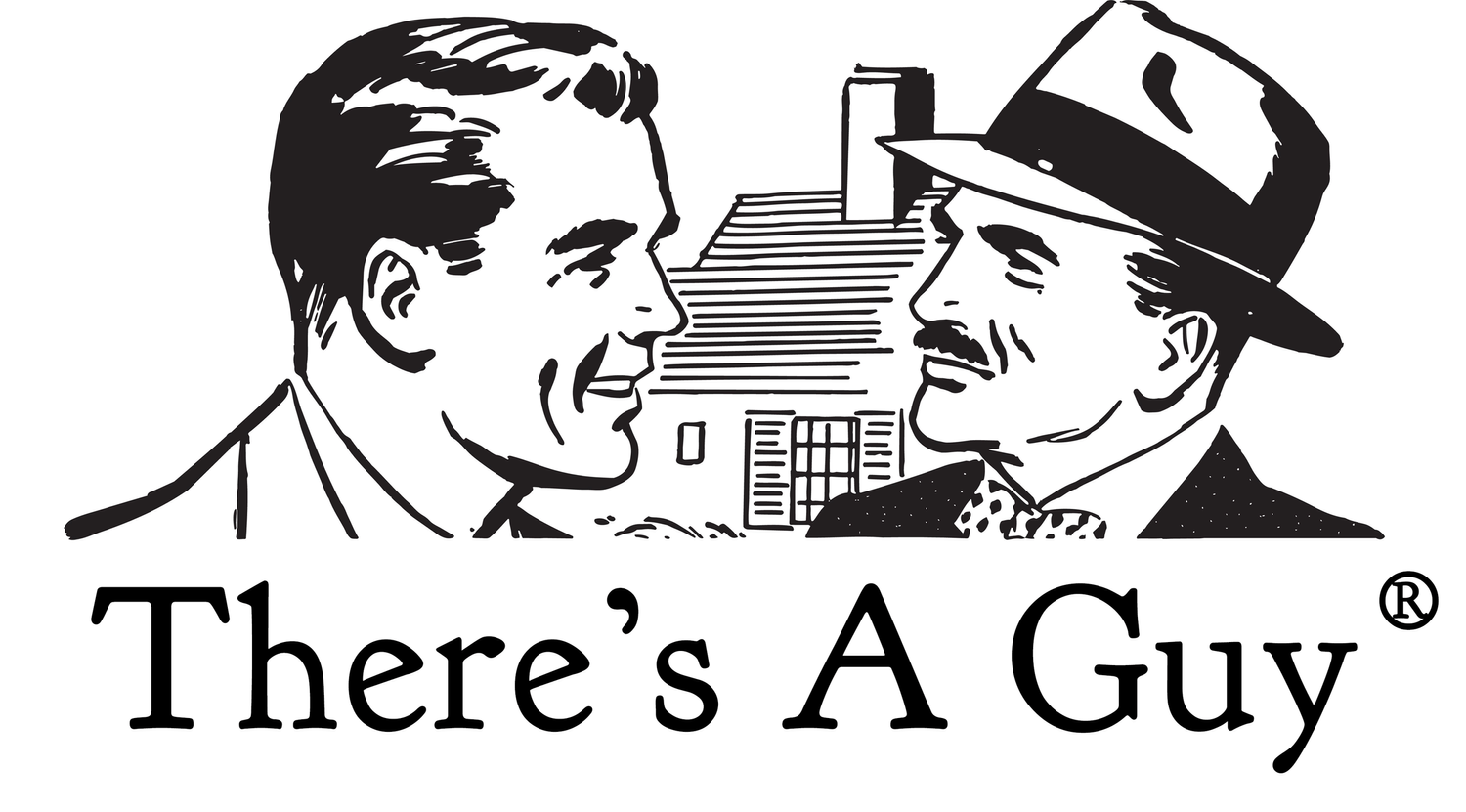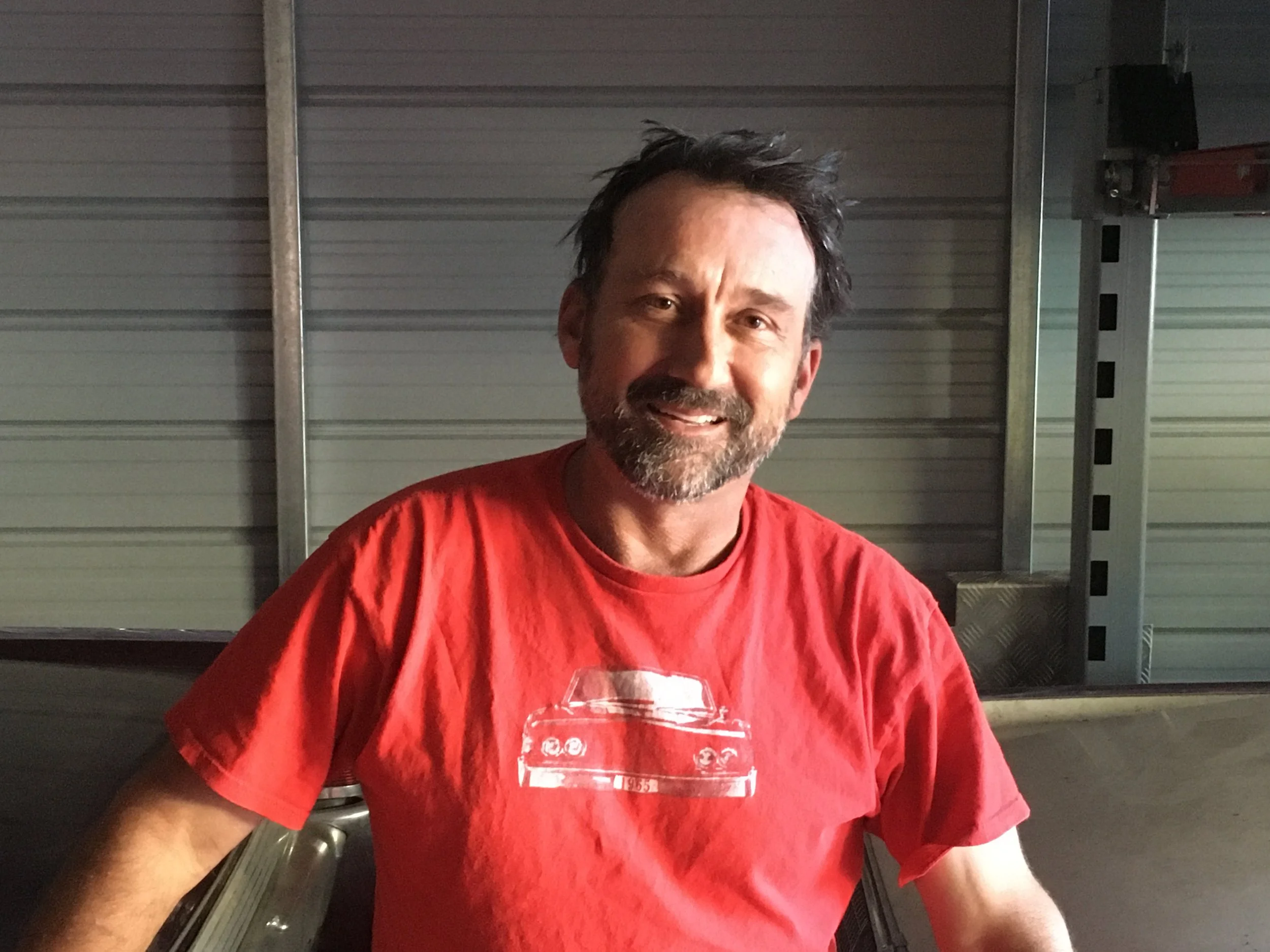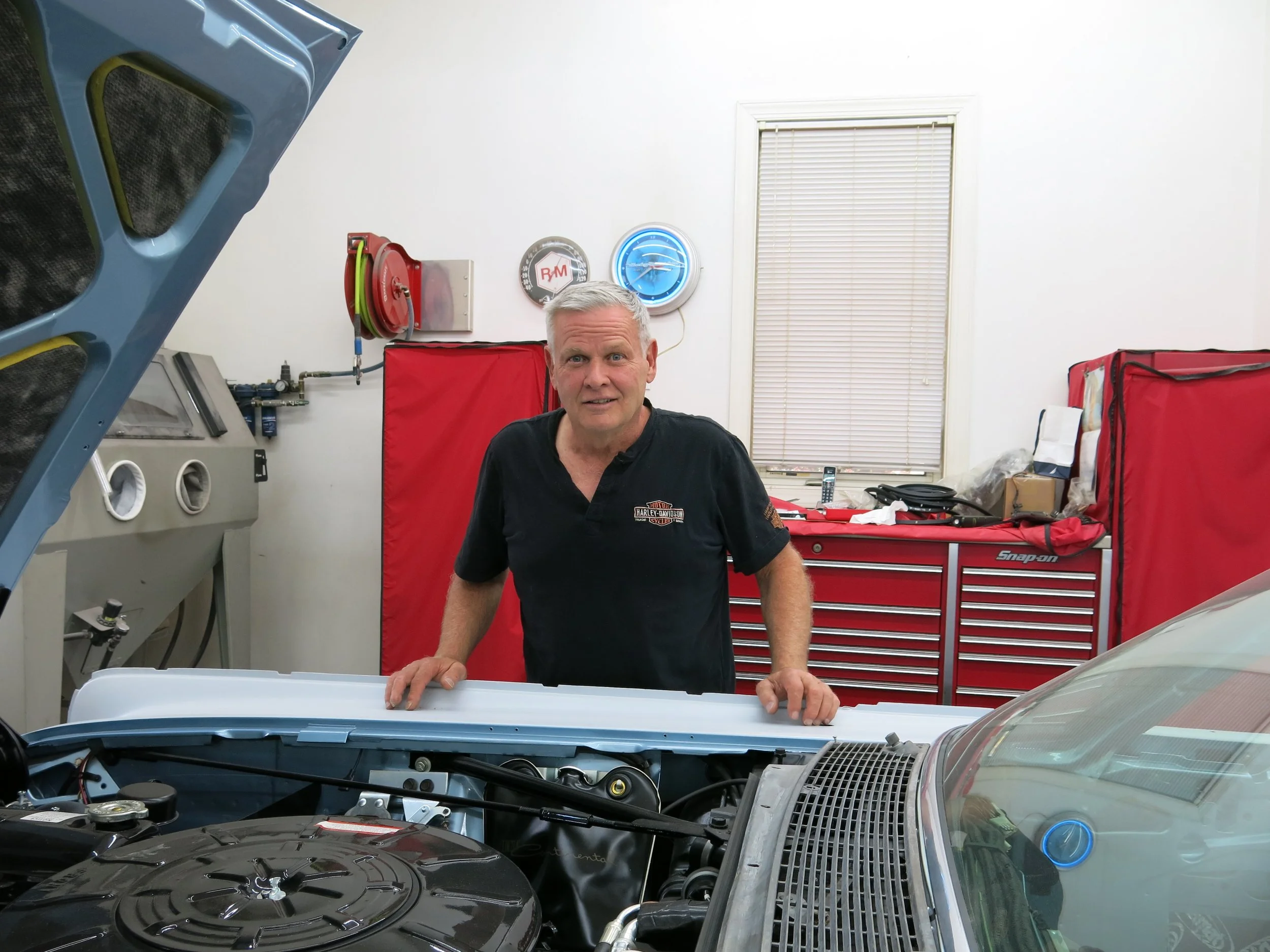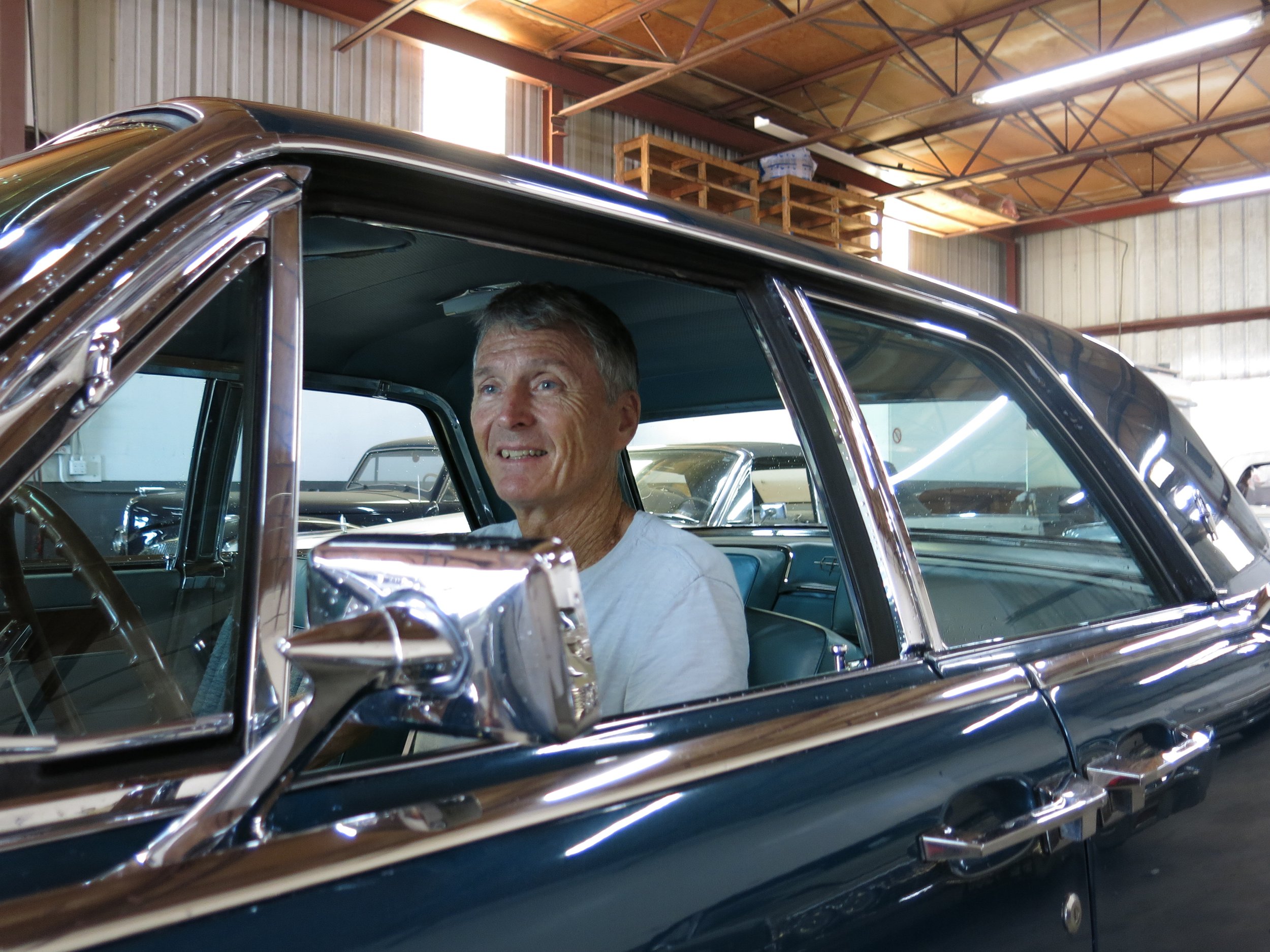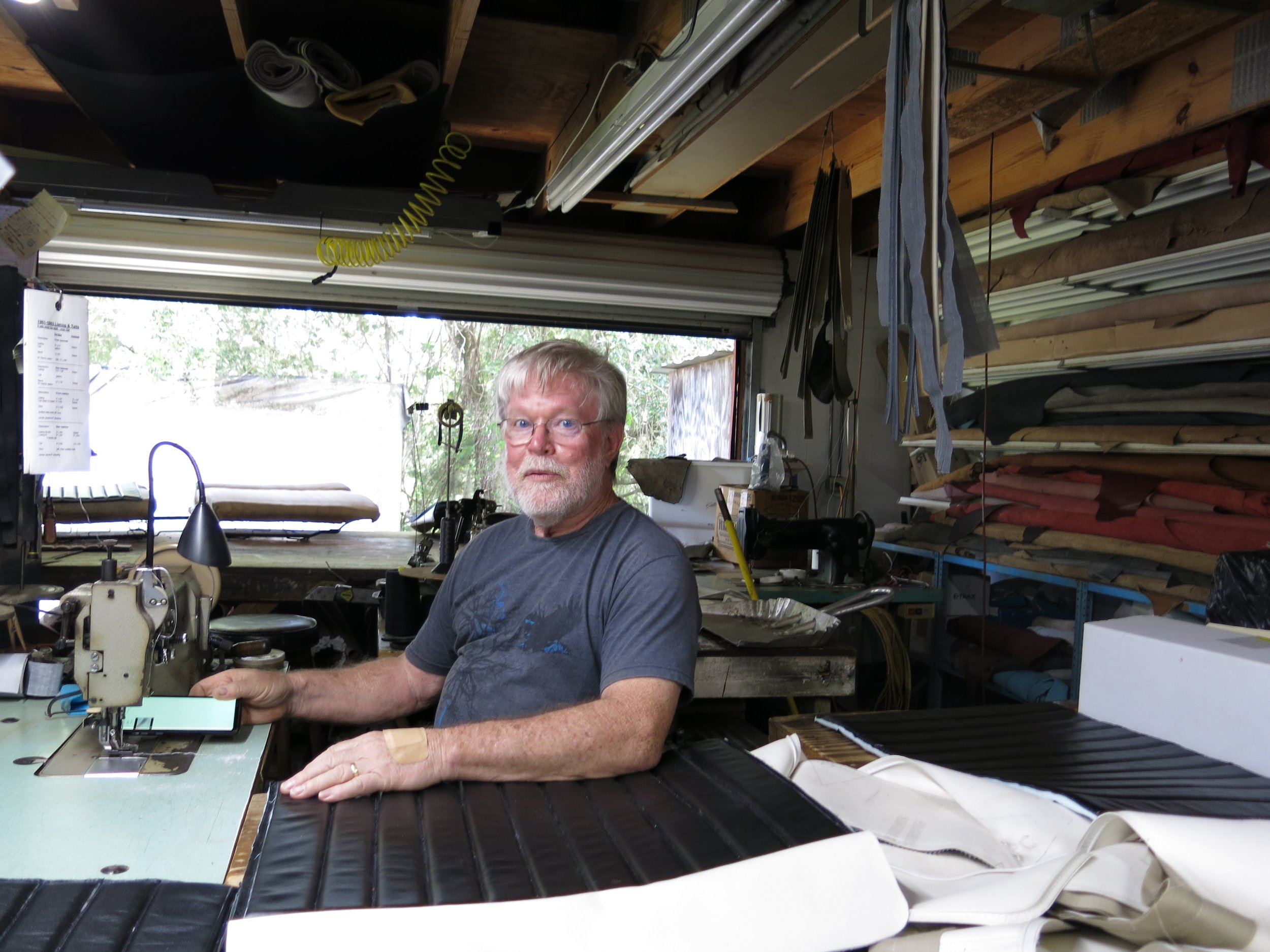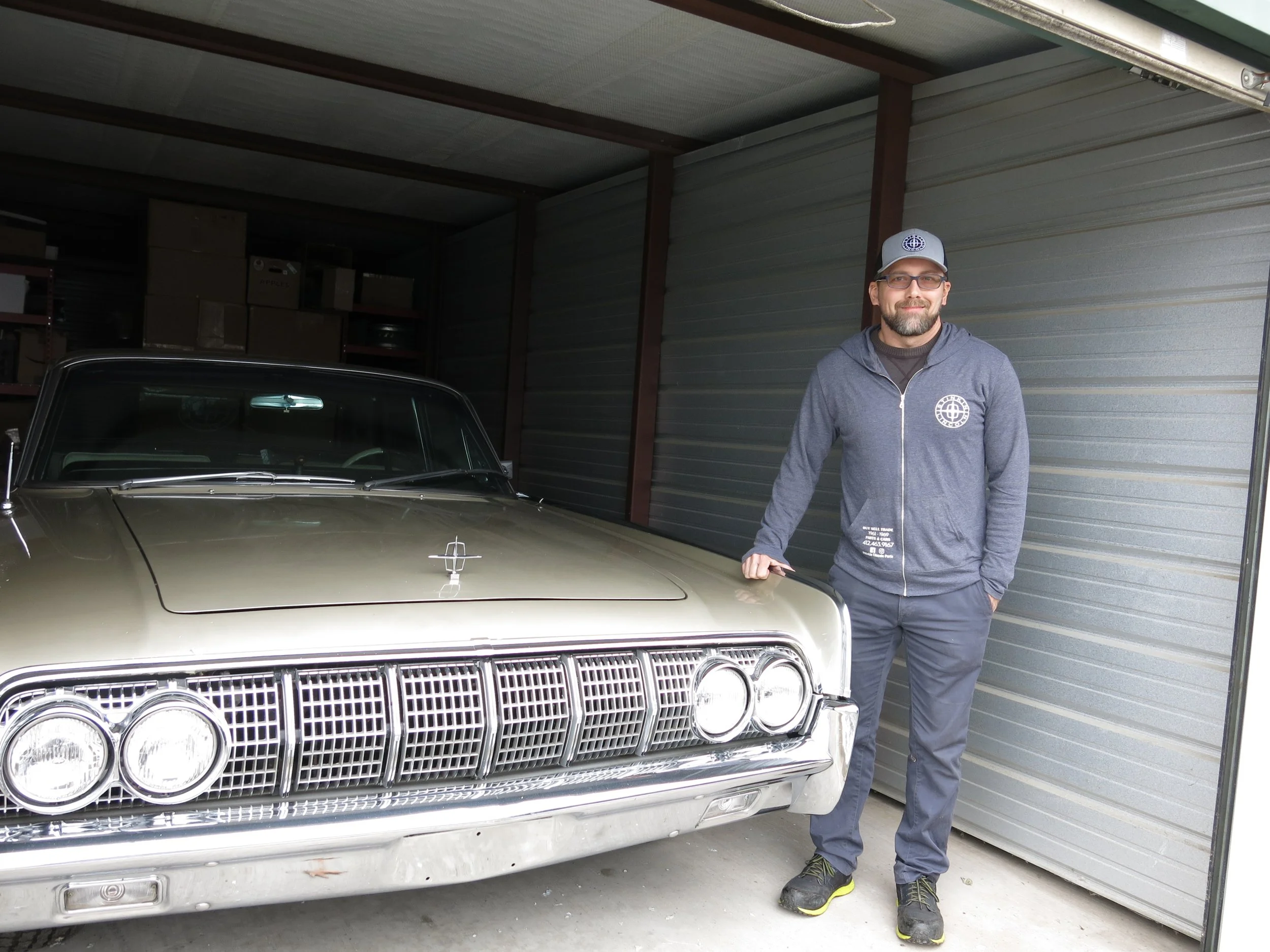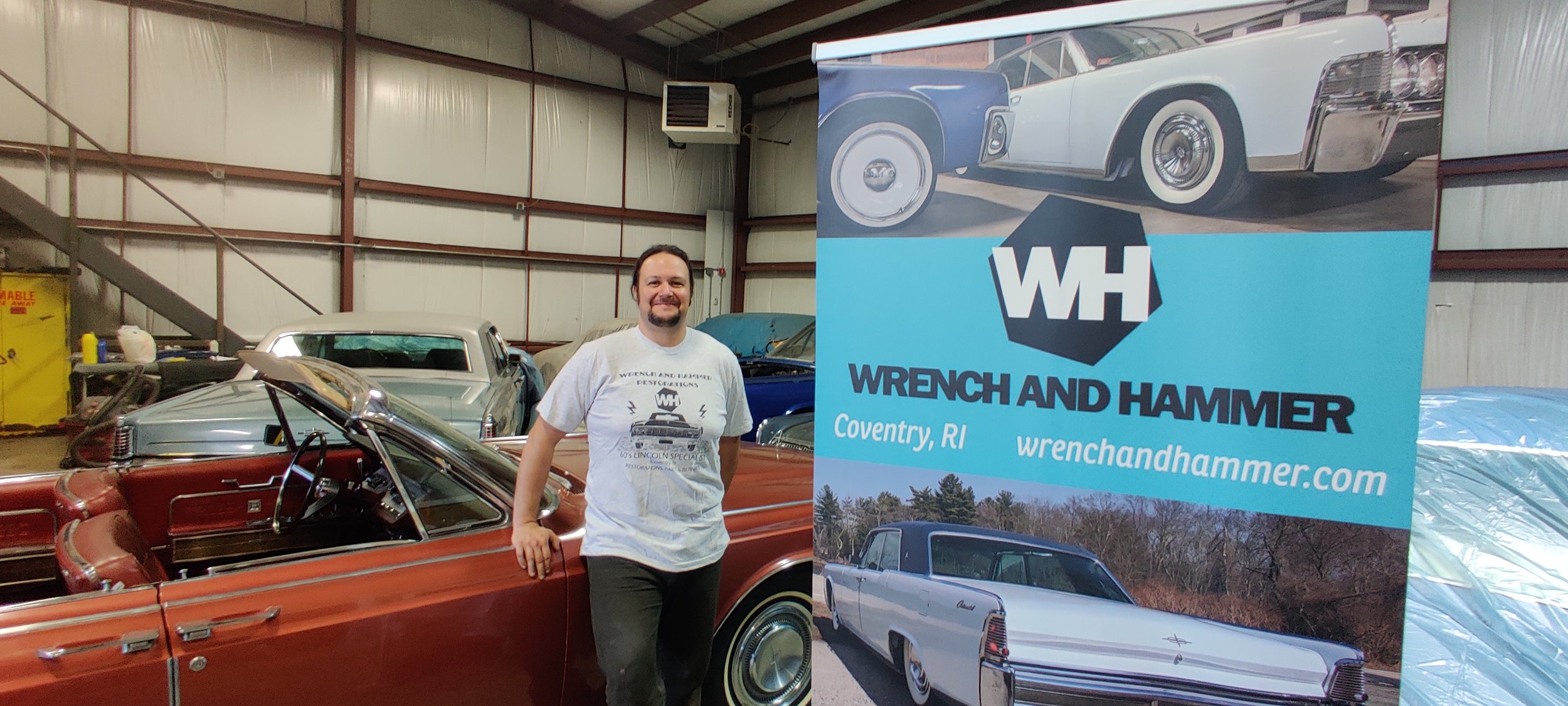Springstein’s Not the Only Boss
The town is New Port Richey but this is the old Florida. Modest homes of CBS in pastel colors with aluminum carports and canvas awnings. Squat pine trees, scrub, sandy roads and driveways of crushed shell. More focus on freshwater lakes than the seashore. Friendly neighbors who know you well yet mind their own business.
Amid the houses and occasional light commercial buildings is a new one, much like the others on the outside, that you could drive past a dozen times without giving it a second thought if the big bay doors were closed. But on this fair-weather day, they’re all open and outside in a row are five 1960s Lincoln Continentals. The three convertibles and two sedans catch anyone’s eye, car person or not. It’s an impressive lineup and a great introduction to Tony “Boss” Bolin.
The Meticulist
It’s easy to think you’re in the wrong place. The countryside is pastoral. A gravel road leads past cows gathered at a watering trough. Turn a corner and finer houses emerge, a bit hard to see behind gates and manicured hedges, the names of the homes cast into bronze plaques. The one that says “Crescent Hill” opens onto a long, straight driveway bordered by tall, perfect hornbeam trees, about a dozen on each side leading down to an attractive 4000-square foot brick house, surrounded by 6½ acres. The only clue that you’re not lost is that the 2-car garage within the main structure is supplemented by a detached 3-car garage and perpendicular to it, surrounded by tasteful plantings, a tarp covering an object about the size of a Lincoln. Otherwise it looks like the property of a partner in a good regional law firm. There’s nothing even the most fastidious neighbor could object to. It’s beautiful, and precise – you might suspect the blades of grass have serial numbers. It looks like the kind of residence whose homeowner, in the 1960s, would have driven a Lincoln Continental.
Disneyland, Legoland, Lincoln Land
Disneyland. Legoland. They conjure up images of unlimited numbers of rides, of multiple princesses and cartoon characters, of brick toys abundant enough to build skyscrapers and Sphinxes. So a destination called Lincoln Land suggests a similar quality of limitlessness.
It’s borne out in reality. Two levels of rack after rack of well-organized, cataloged parts from 1956 to 1999. Multiple bays and lifts for Mark IIs, slabside Lincolns, designer series Marks. Rows of parts cars in various states of disassembly. And what Disney calls its “cast members” are here comprised of seven loyal, mostly long-term staff of mechanics, parts specialists and office support employees.
The Go-To Trimmer
Think of an older Florida, away from the glitz of Miami and the high rises of most anywhere, a rural part of the state about an hour north of Tampa. Downshift from the interstate, to a state road, to a local one and then a couple more notches down. Finally you end up on little more than a path: two parallel narrow tracks of sand, worn down with a hump in the center green with plant life. Trees and vines overhang it. In the sunshine, it’s something out of a Carl Hiassen novel. At night, more like Stephen King.
Navigate it and you’ll come to an open field with mature trees and a pond in the distance. A unique round hurricane-resistant house is flanked by a red barn-style structure, where you’ll find Jim Wallace, renowned supplier of leather seat cover sets, carpet sets and a few other interior replacement parts for 1960s Lincolns and Continental Mark IIs.
Stinkin… Like A Rose
There’s a concept that “how you do anything is how you do everything.” Consider John Lyman’s original career, landscaping. He mowed lawns while in school. That led to working for landscaping firms during summer vacations. The next step was enrolling in a college where he studied horticulture, residential landscape design and construction, and business practices. He graduated Penn State with a Bachelor’s degree in 2007 and worked for prestigious companies caring for high-end Pittsburgh area homes. He was methodical, dogged, hardworking.
From Digital to Analog
There’s a saying that “when one door closes, another opens.” In January 2019, the door closed on Baker’s, the well-known Lincoln service and parts facility in Putnam, Connecticut. Less than 30 miles down the road, another door was opening around the same time. Mike Raucci, an engaging 30-something computer programmer who’d been working on Lincolns in a small rented garage, leased a cavernous 3600-square-foot building just across the border in Coventry, Rhode Island, filling it with tools, lifts and his own and customers’ 1960s “slabside” Lincoln Continentals. Former customers of Baker’s didn’t have to look far for a fresh alternative.
Revisionist Engineering
All of us at one time or another have looked at a part of some machine and wondered why it was designed a certain way. From a Boeing 747 to a toaster, why something didn’t have a larger tab, a thicker edge, a metal rather than plastic thread or a different angle somewhere. A smaller number drilled an extra hole in something, glued on a reinforcement or made up a backing plate. Only a small subset of readers will have gone to the trouble of looking into having a redesigned part manufactured, to solve our problem and then be sold to others. Luckily, in the classic car world, a coterie of individuals and small companies have done just that, serving tiny markets with brilliant products.
